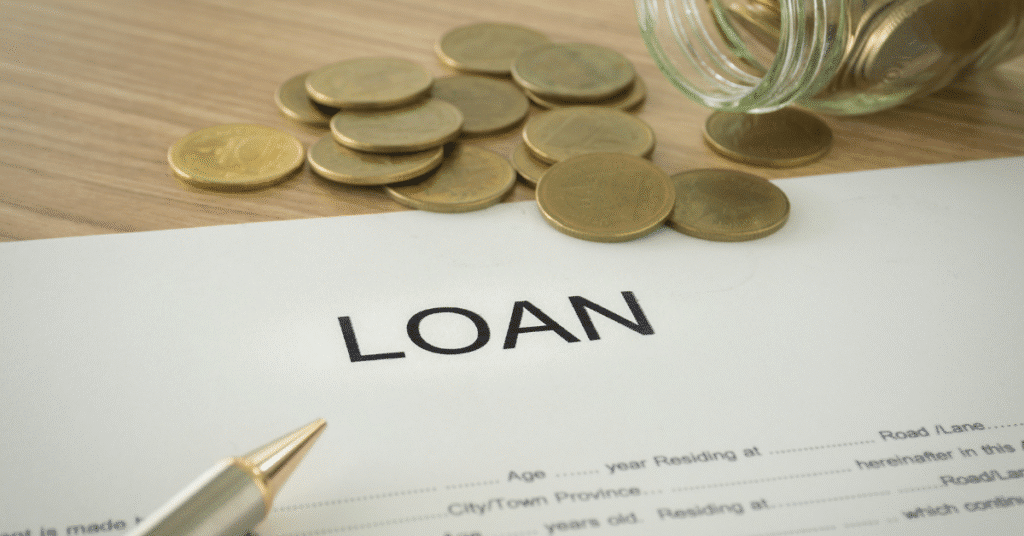Refinancing your loan can be one of the smartest financial decisions you’ll make—if you do it at the right time. Whether you’re a homeowner in Melbourne, a business owner in Brisbane, or an investor in Sydney, knowing when to refinance can mean the difference between saving thousands in interest or getting stuck in another costly cycle.
But refinancing isn’t a one-size-fits-all solution. Timing, market trends, and your personal circumstances all play a role. In this article, we’ll explore the key signs it’s time to refinance, how to assess if it’s worth it, and practical tips to make your next financial move count.
What Is Refinancing and Why Do Australians Do It?
Refinancing simply means replacing your existing loan with a new one—usually with better terms, a lower interest rate, or more suitable features.
Top Reasons Australians Refinance:
- To reduce monthly repayments
- To lock in lower interest rates
- To access equity for renovations or investments
- To consolidate multiple debts
- To switch from variable to fixed rates (or vice versa)
- To improve loan features such as redraw facilities or offset accounts
Recent trends show that more Australians are refinancing than ever, especially in response to interest rate hikes and rising cost-of-living pressures.
Example: A Sydney homeowner refinanced their $600,000 mortgage from 6.5% to 5.3%, saving over $7,200 annually.
If you’re not sure whether refinancing is your best option, try our refinance calculator to run the numbers before you decide.
When Is It Worth It to Refinance Your Loan?
Refinancing becomes worthwhile when the benefits outweigh the costs. Here are some common scenarios where refinancing could make financial sense:
You’re Paying a Higher Interest Rate Than the Market Average
If your current rate is more than 1% higher than what lenders are offering, it’s time to shop around.
Your Credit Score Has Improved
With a stronger credit history, you may qualify for a better loan. Start by checking your credit score in Australia.
You Want to Tap into Your Home or Business Equity
Many Australians refinance to access funds for renovations, business expansion, or investment opportunities. If you’re growing your business, read our guide on using business loans to expand smartly.
You’re Locked Into an Inflexible or Expensive Loan
If your current lender won’t budge, refinancing may help you gain features like offset accounts or lower fees.
You’re Looking to Consolidate Debts
Rolling multiple debts into one lower-rate loan can simplify your finances and reduce overall interest.
When Refinancing May Not Be the Right Move
Refinancing isn’t always the best option—especially if you’re near the end of your loan term or facing significant exit and entry fees.
You may want to hold off if:
- You’re planning to sell your home or business soon
- Your existing loan has high break costs
- Your financial position has worsened, reducing your eligibility
- The new loan term significantly resets your repayment timeline
Pro Tip: Before making a move, compare the real cost using our home loan comparison tool.
Refinancing Options for Homeowners and Business Owners
Refinancing isn’t just for homeowners. Business owners can also benefit from tailored finance broking solutions in Sydney, Brisbane, and across Australia.
Home Loan Refinancing
Choose between fixed, variable, or split loans. Decide whether you want to access equity or simply reduce repayments.
Business Loan Refinancing
Consider refinancing business loans to reduce cash flow strain or unlock funds for growth. Learn more in our personal vs business loan comparison.
SMSF Loan Refinancing
Refinancing within a Self-Managed Super Fund (SMSF)? It’s complex but possible. Read our guide on leveraging your SMSF for success.
Step-by-Step: How to Refinance Your Loan in Australia
- Review your current loan – Understand your interest rate, loan features, and exit fees.
- Check your credit score – This affects your options and approval chances.
- Compare lenders – Use a finance broker to access exclusive deals.
- Calculate your break-even point – How long until your savings cover the switching costs?
- Submit your application – Provide financials, ID, and property documents.
- Settlement and closure – Your new lender pays off the old loan and finalises the switch.
Need expert guidance? Our experienced finance brokers across Sydney and Brisbane can handle the process for you—from start to finish.
FAQs: Refinancing in Australia
When should I refinance a loan?
Refinance when your interest rate is above market average, your credit score has improved, or you need better loan features. Use online tools to assess.
How do you know if it makes sense to refinance?
If the potential savings exceed the costs and your financial situation is stable, refinancing is likely worth it.
When should I look for refinancing?
Ideally, every 2–3 years, or any time your financial goals or interest rates shift significantly.
At what point does refinancing not make sense?
Avoid refinancing if you’re nearing the end of your loan term, face high break fees, or lack the financial stability to qualify.
Refinancing Is a Smart Move—When Done Right
Refinancing your loan can help you reduce repayments, improve cash flow, or unlock equity for bigger goals. But like any financial decision, timing and strategy matter.
Whether you’re a homeowner in Melbourne, a small business owner in Brisbane, or an investor in Sydney—understanding when to refinance puts you back in control of your finances.
Need help deciding if refinancing is right for you? Speak to our expert finance broking team at The Brokerage Connection today for personalised advice and access to competitive loan options.




